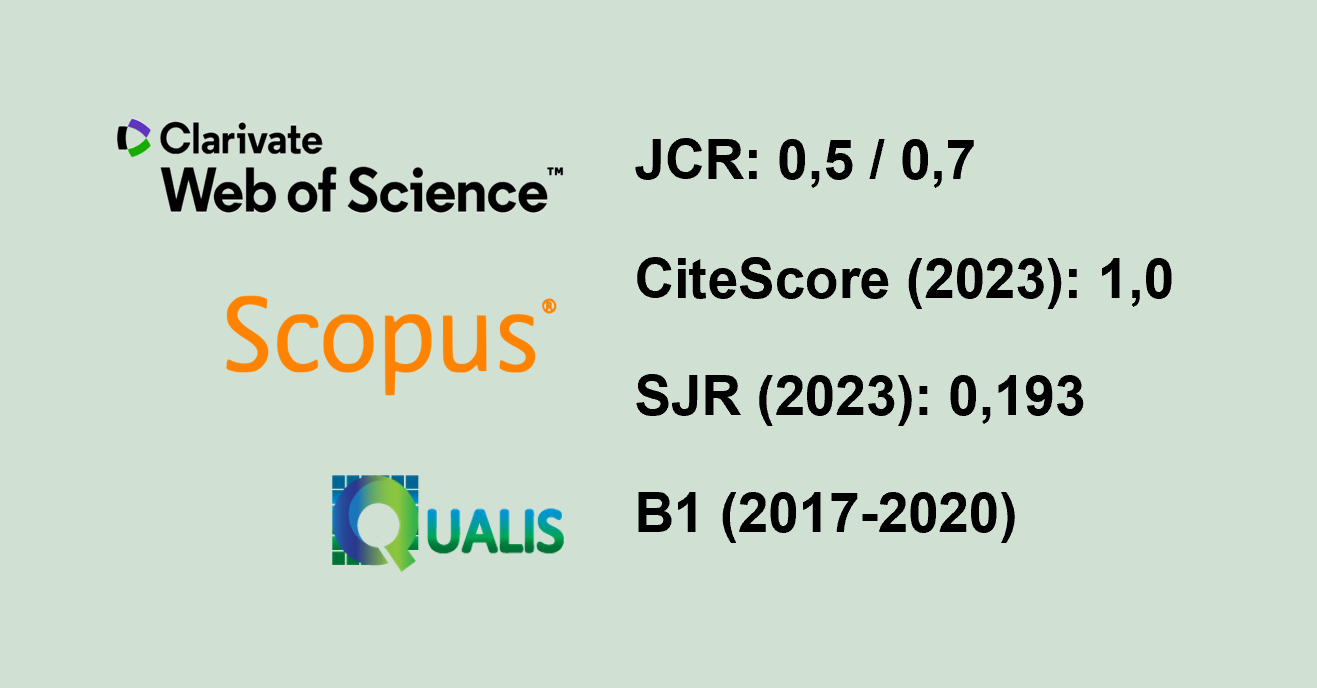Reviewer Guidelines
IMPORTANT POINTS
- The manuscript must be original, filling a research gap or contributing to the advancement of Forest Science.
- The quality of scientific writing is sufficiently clear, without spelling or grammatical issues.
- Manuscripts based solely on diagnostics, reports, descriptions, inventories, and characteristics will not be accepted.
- All submitted manuscripts must adhere to editorial ethics.
- Authors are encouraged to make their primary data available in data repositories.
- Plagiarism is not tolerated.
- The Title is sufficiently concise and accurately reflects the content of the manuscript.
- The Abstract is clearly written and includes a summary of the context, objective, methodology, main results, and conclusions.
- The Keywords are relevant and not included in the title.
- The Introduction should clearly indicate the importance of studying the problem and identify knowledge gaps based on current knowledge and references. The originality of the research or its application should be presented concisely. The introduction should justify each research objective.
- The Materials and Methods should provide a sufficient description of the experiment to allow replication. For fieldwork, the study site should be described in detail, with geographic coordinates and maps if necessary. Statistical analysis models should be clearly explained. Irrelevant excesses should be avoided.
- The Results should be clear, concise, and objective. Described logically and clearly. The text should guide the reader in interpreting the results. Highlight the most important results. All Figures and Tables should be necessary, self-explanatory, and not repeated.
- The Discussions should be consistent with the results presented. In this section, the author should discuss the meaning of the research results rather than repeating them. The discussion should be compared with relevant literature in the field of study and described in the same order as the presentation of results. The discussion should generally include key findings, indicate their significance and implications for science and innovative practices.
- The Conclusions should be clear, concise, and supported by evidence. The author should aim to answer the objectives, highlighting the main findings of the study.
- The References are cited in the text and vice versa and are appropriate.



